Asus ZenBook 14 UX433FA review: Small on size, not on value
The latest ZenBook 14 is 13% smaller than last year, but that comes at the cost of battery life
The so-called ‘world’s smallest 14in laptop’ may not have the best battery life, but it makes up for it with a smart, space-conscious design, decent performance and an attractively low pricetag.
-
+
Compact dimensions; Expansive screen; Good value
-
-
Middling battery life; Glossy, reflective display
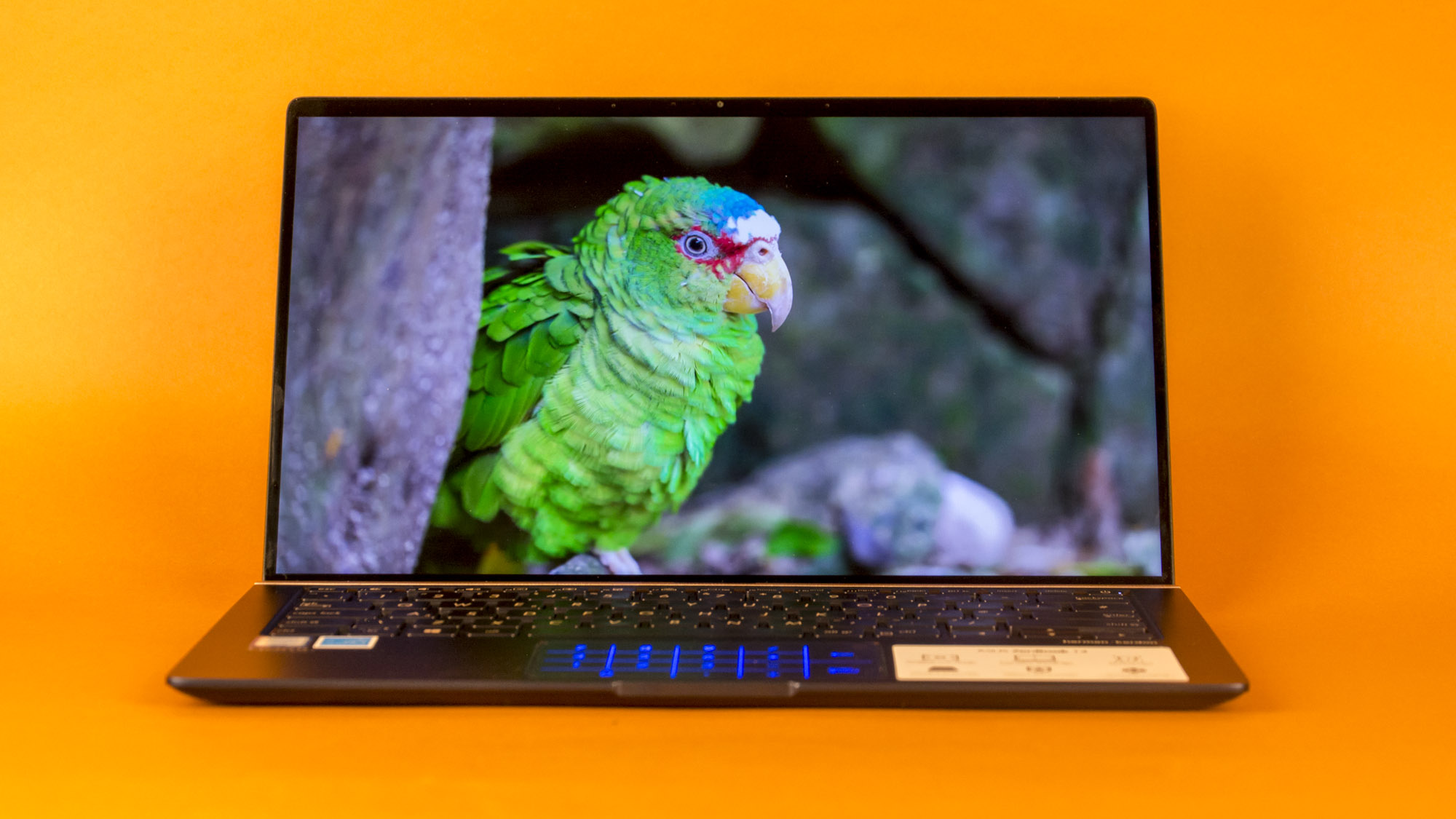
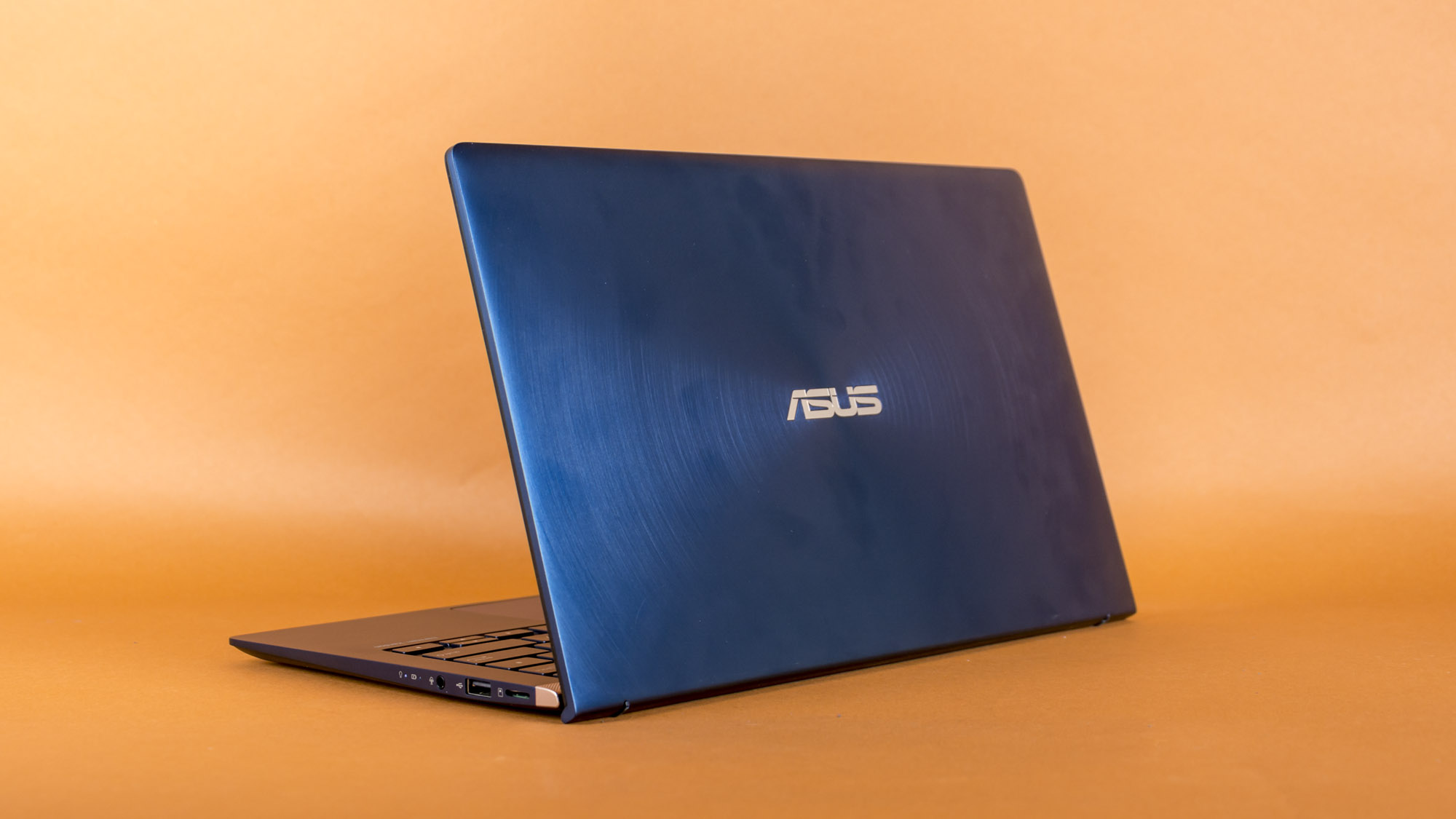
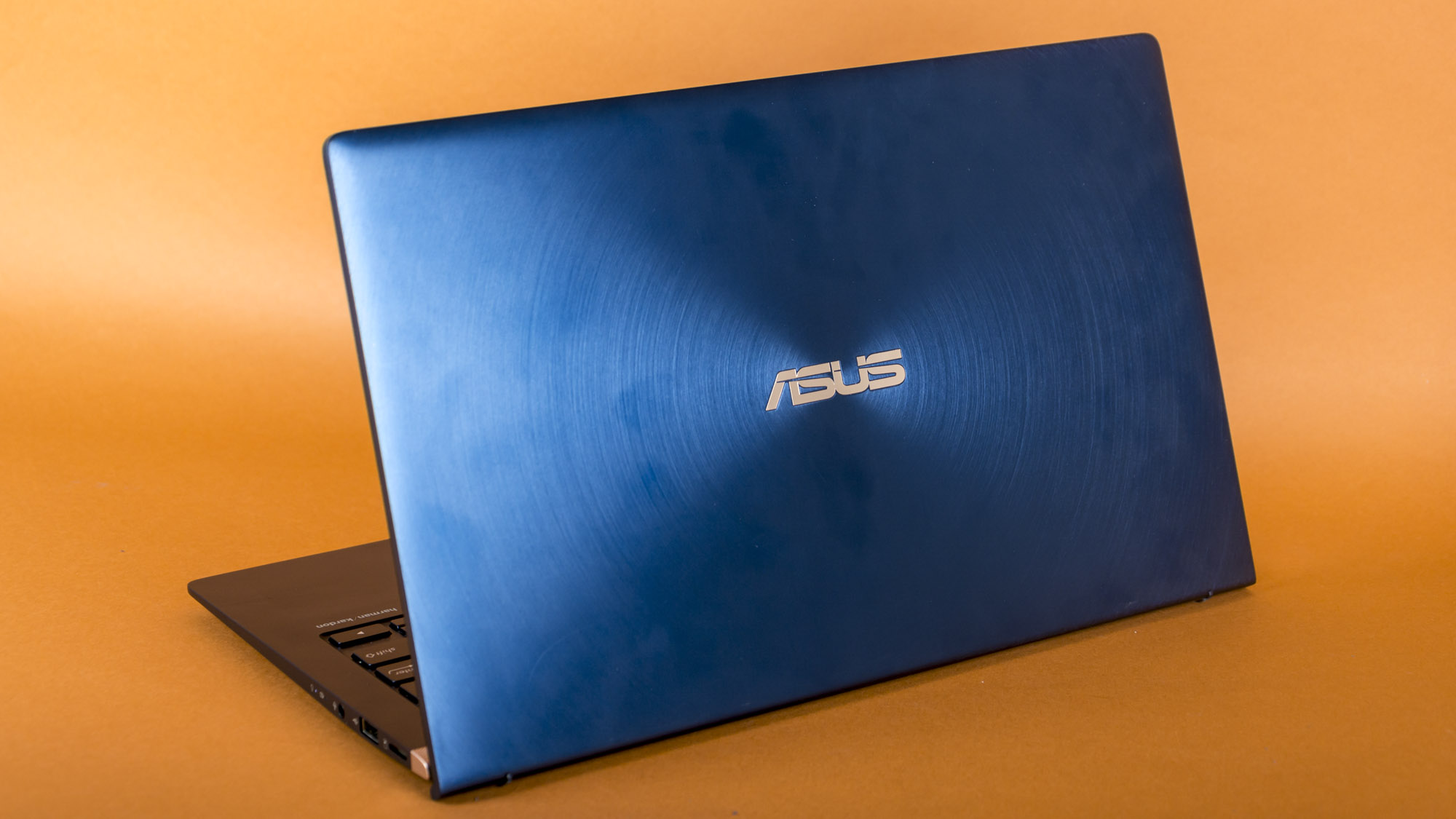
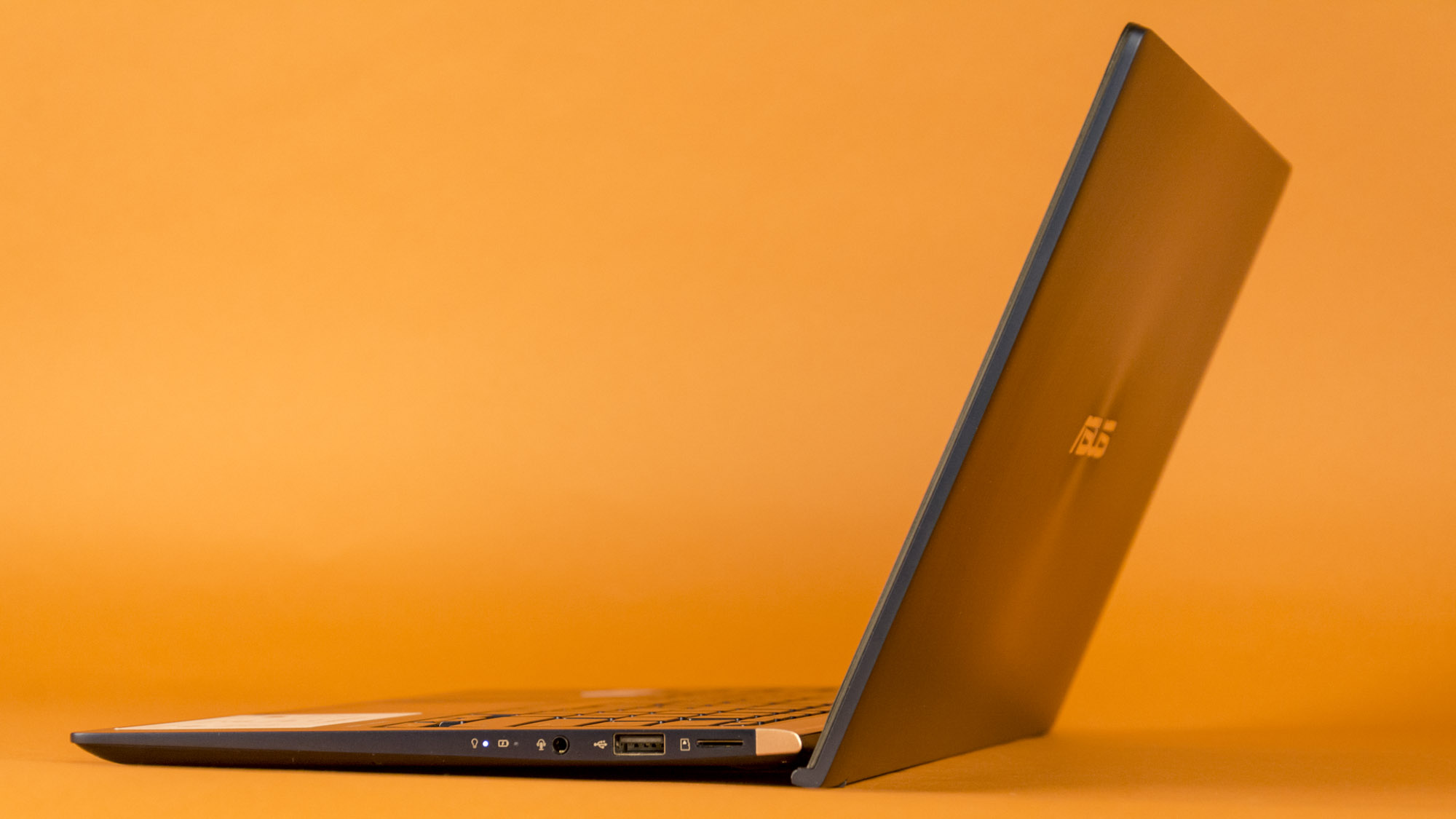
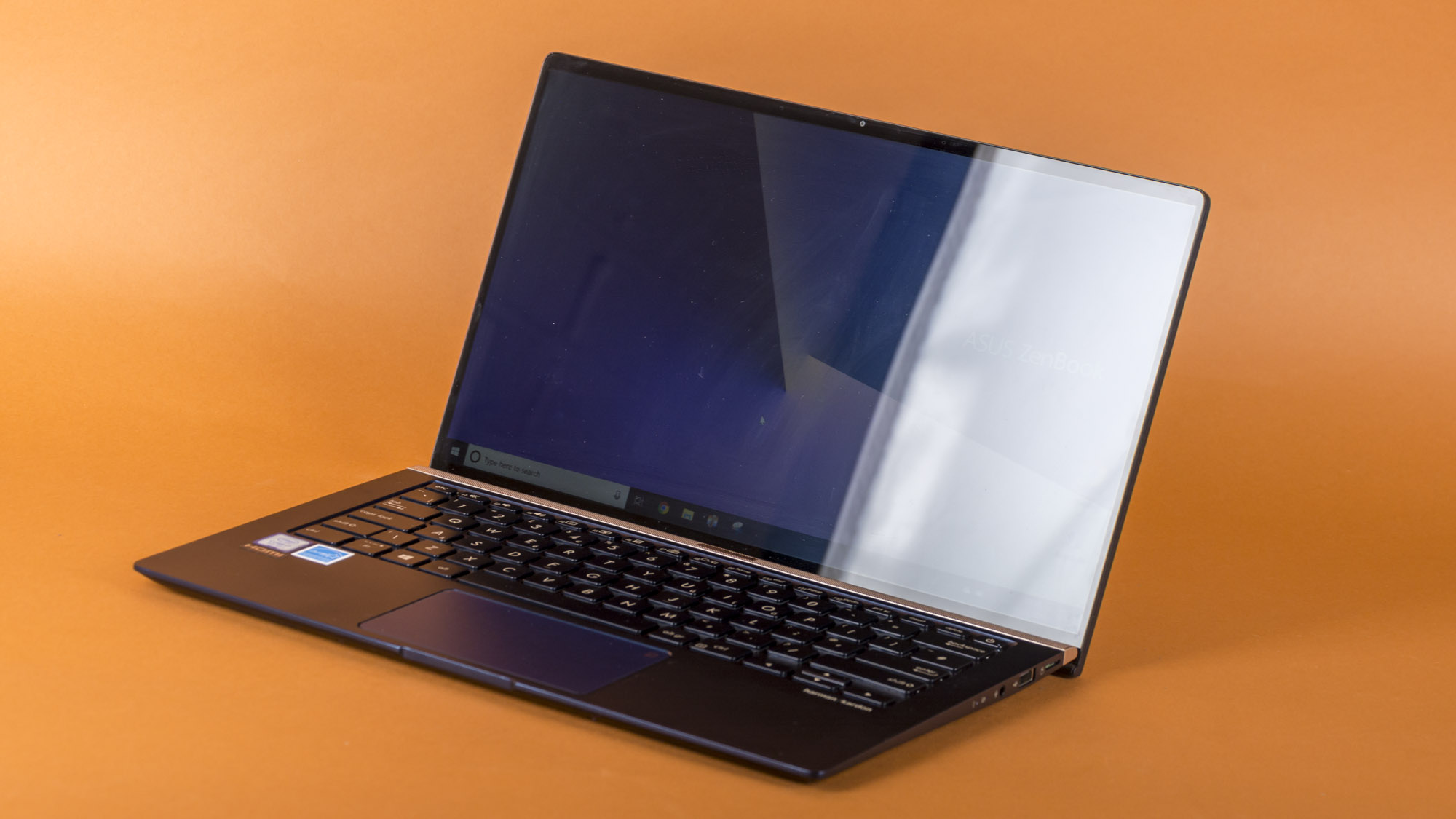
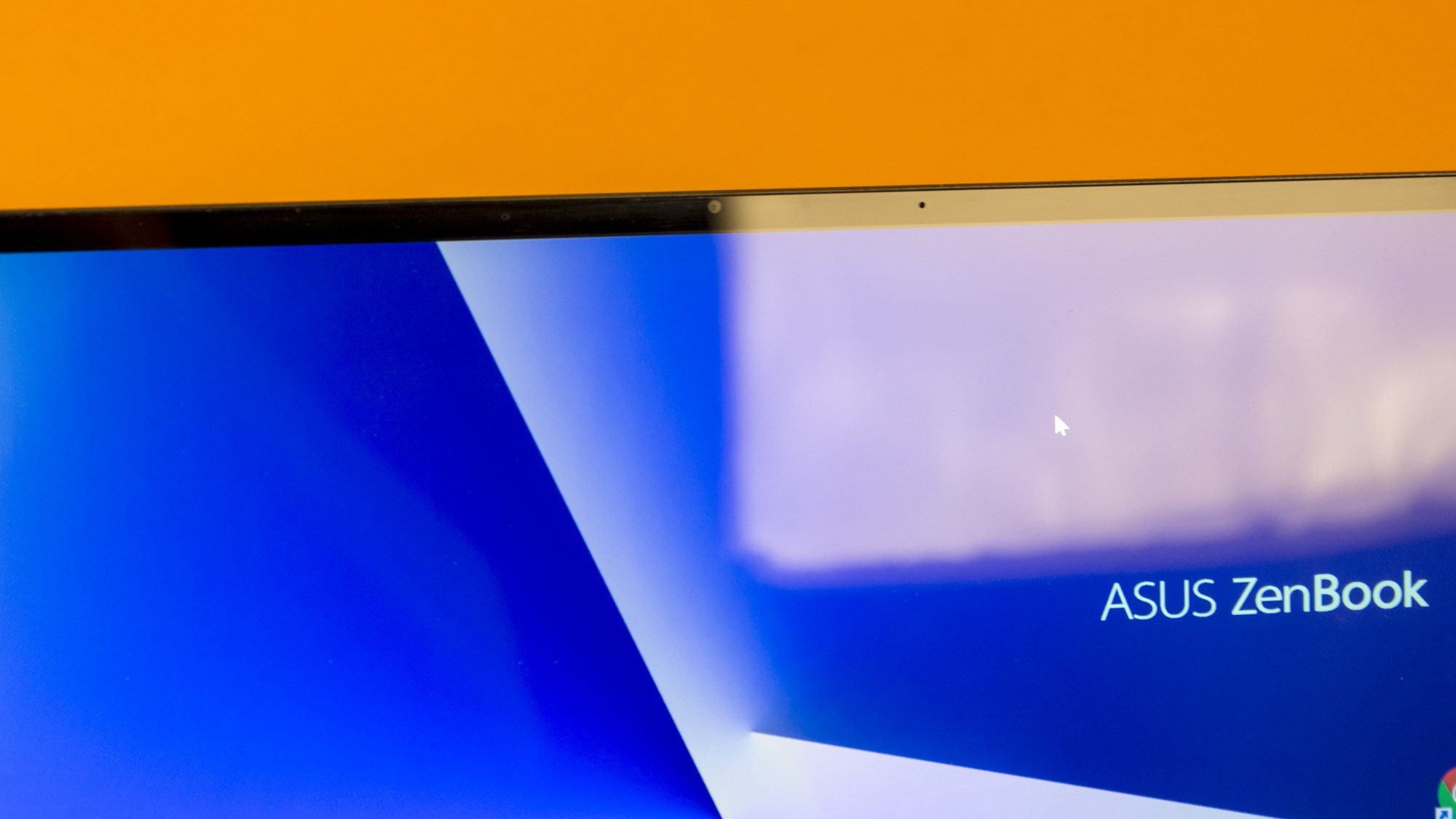
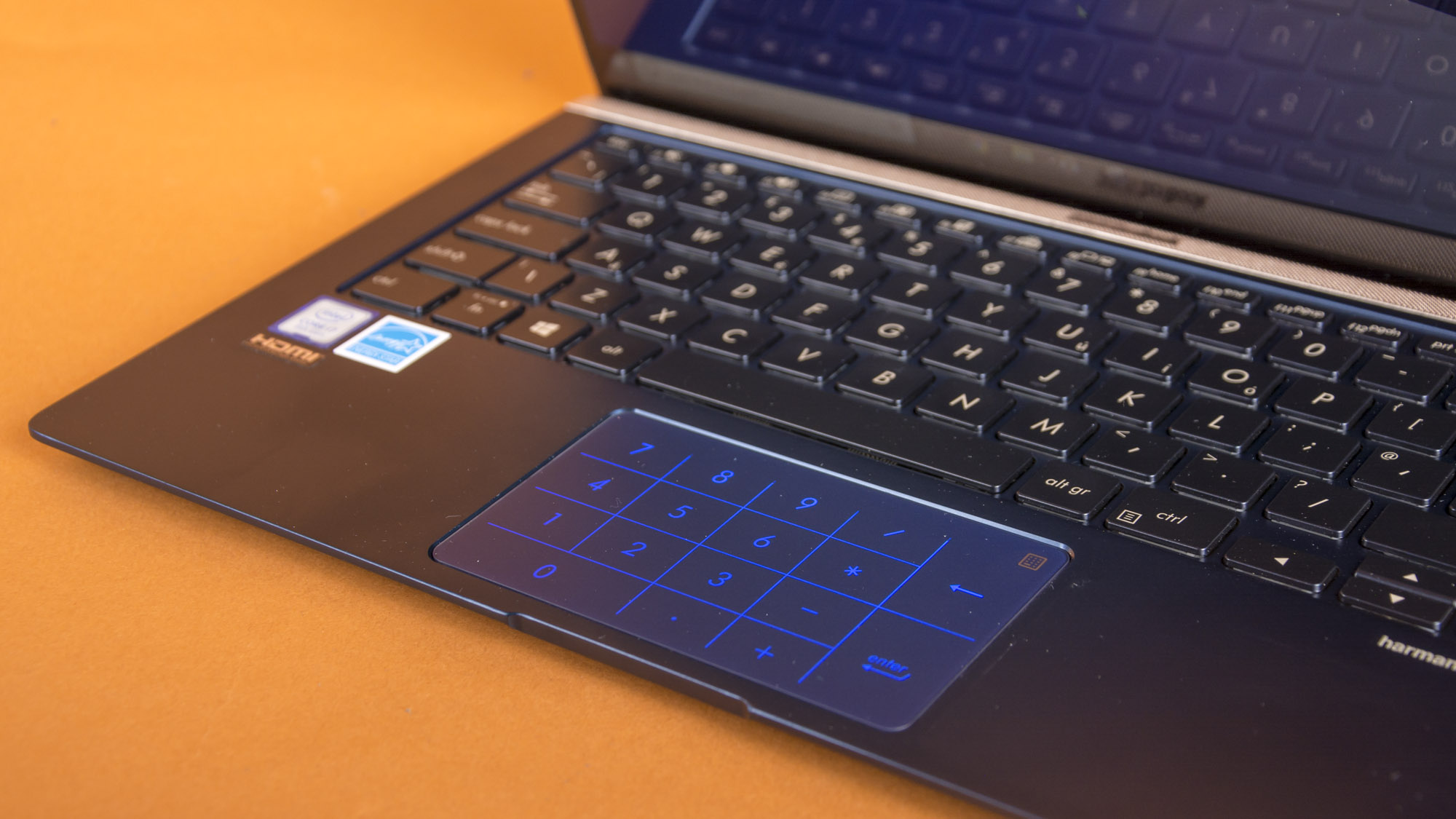
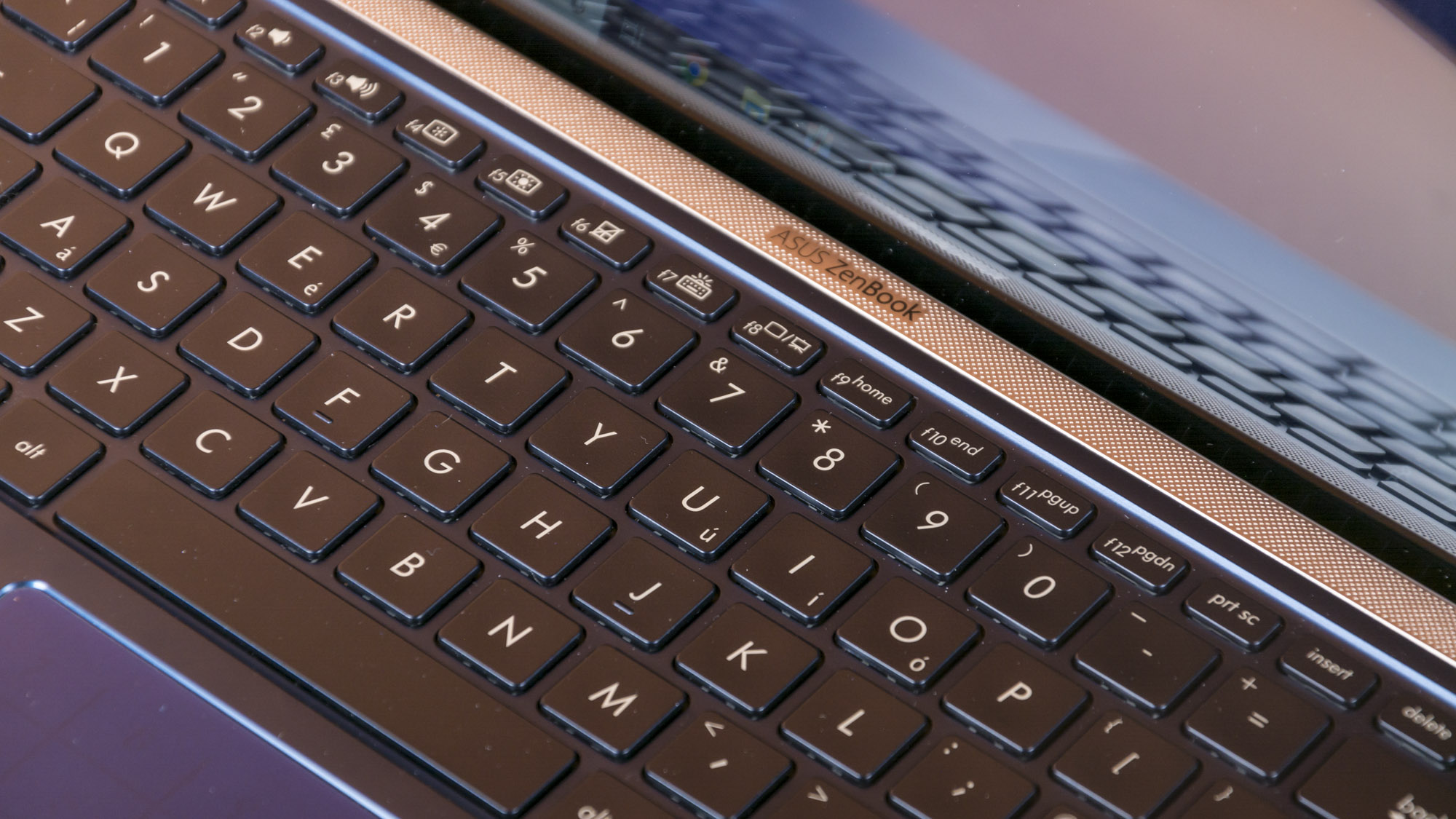
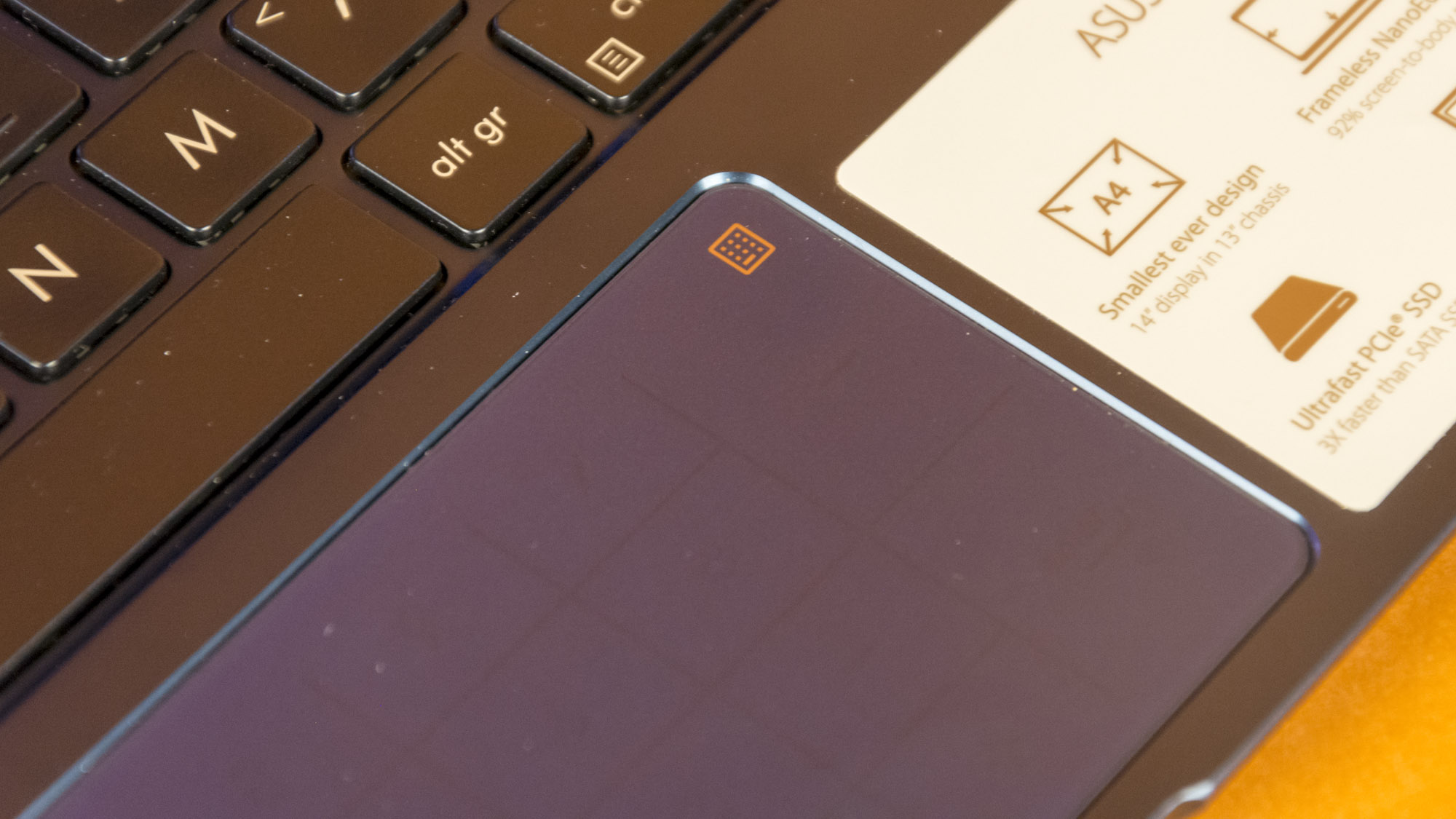
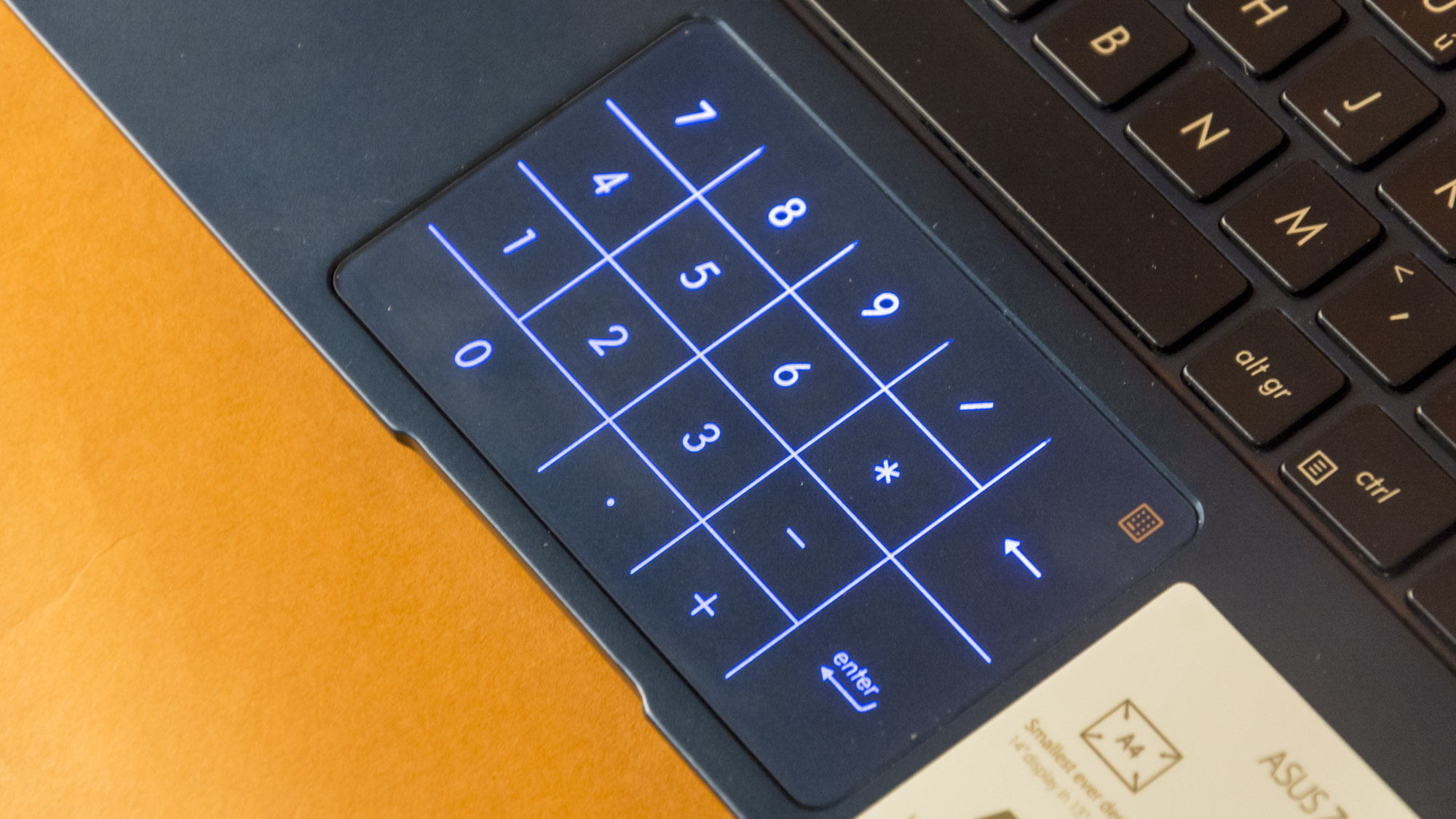
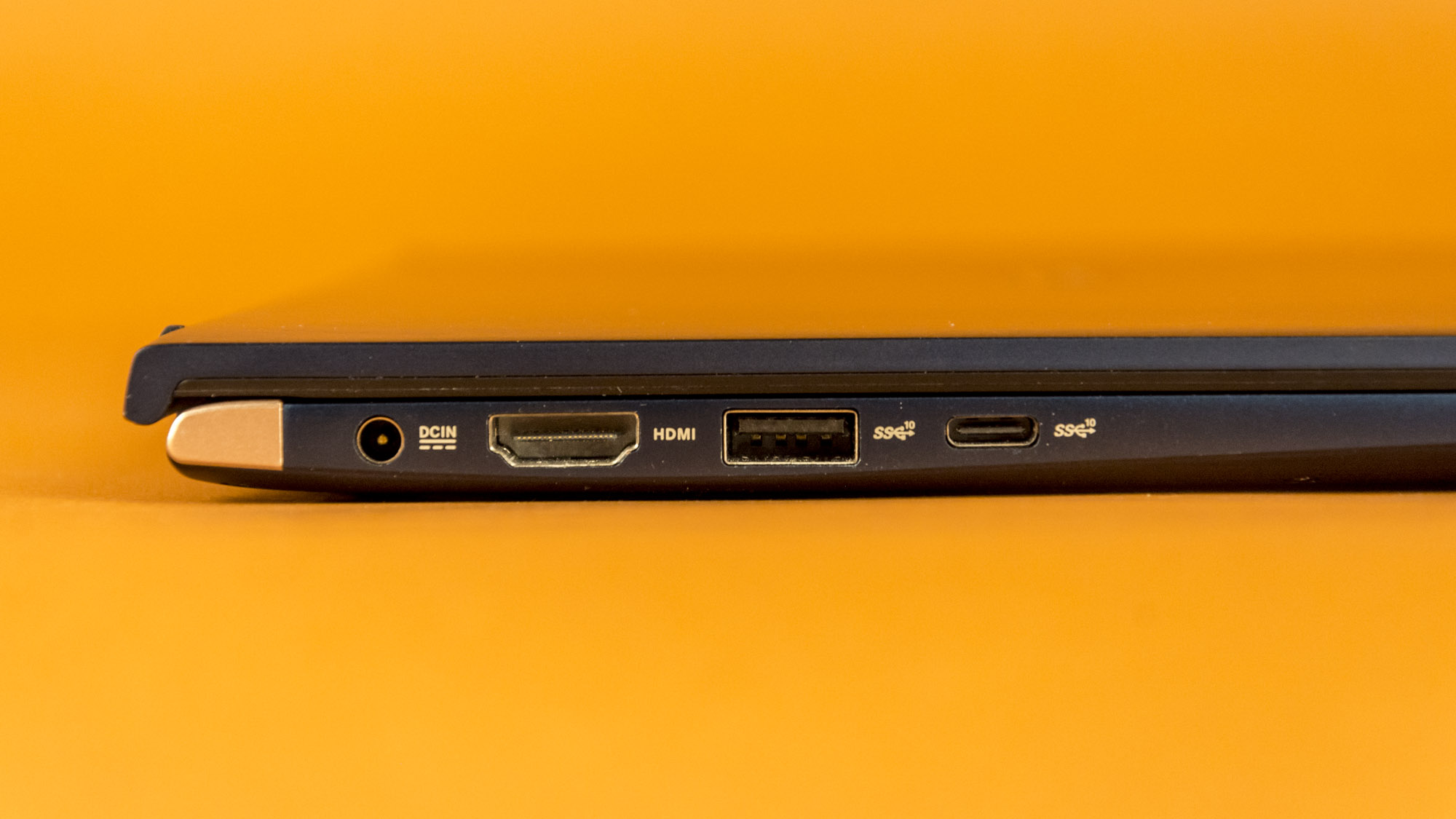
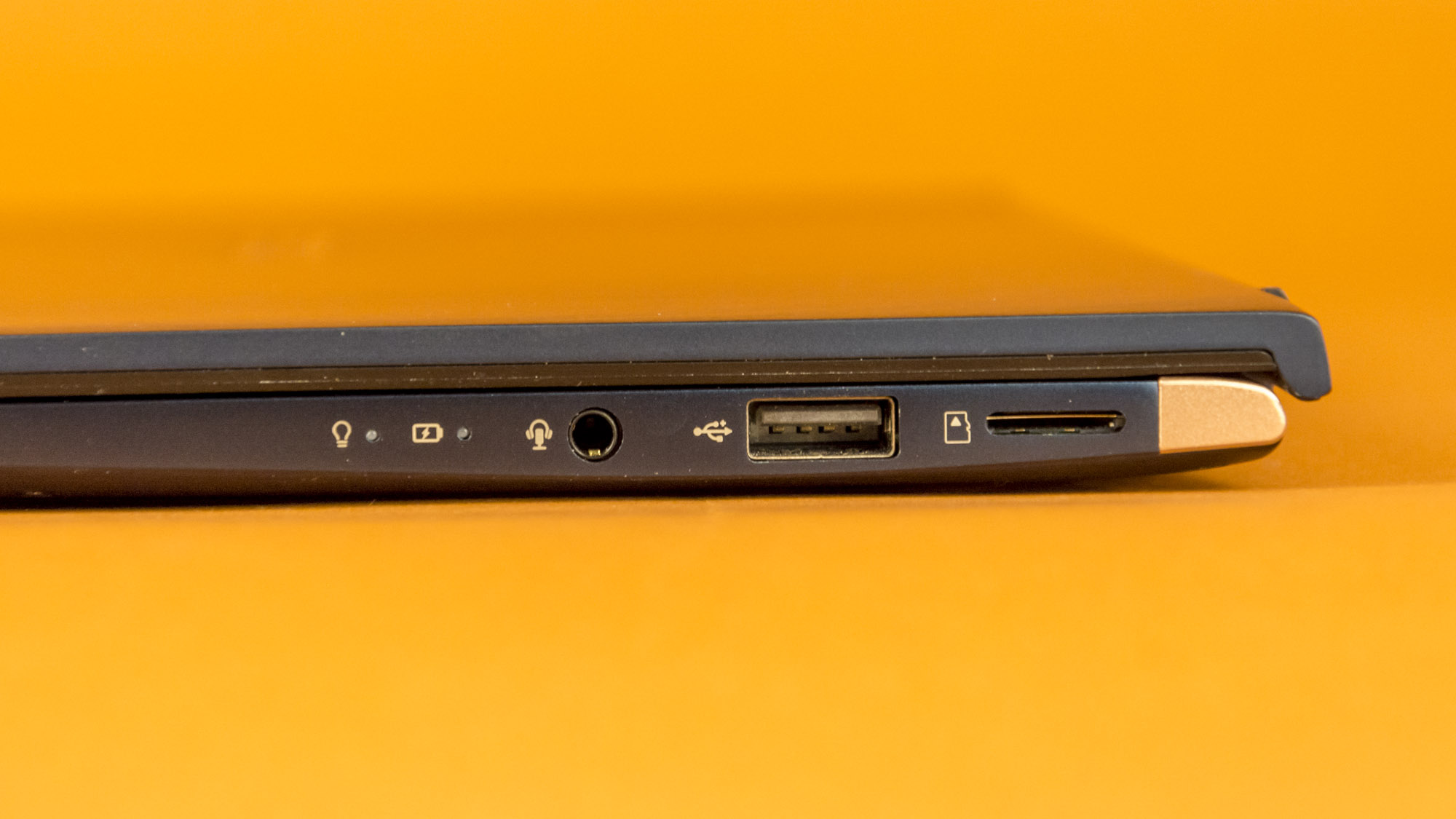
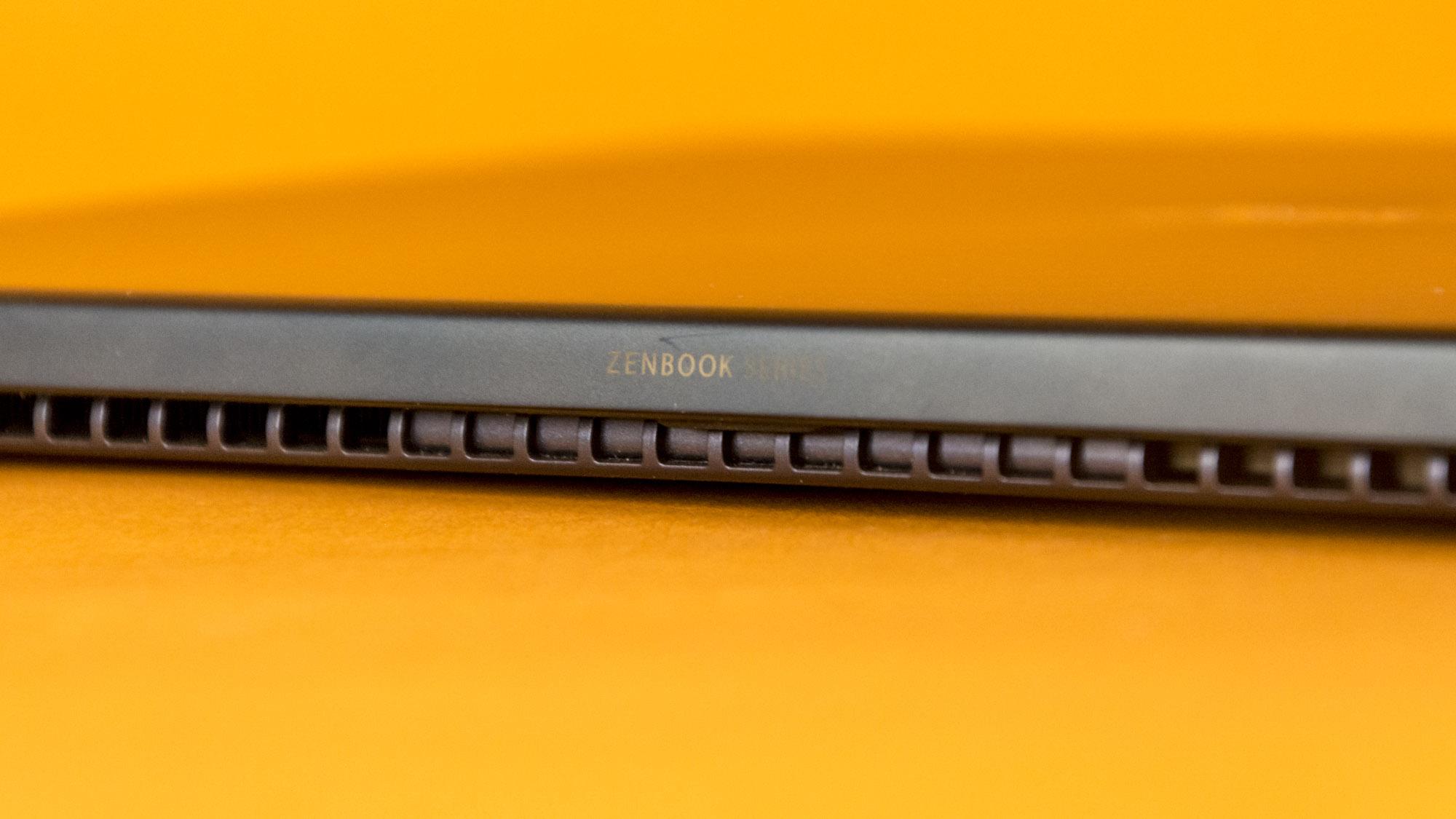
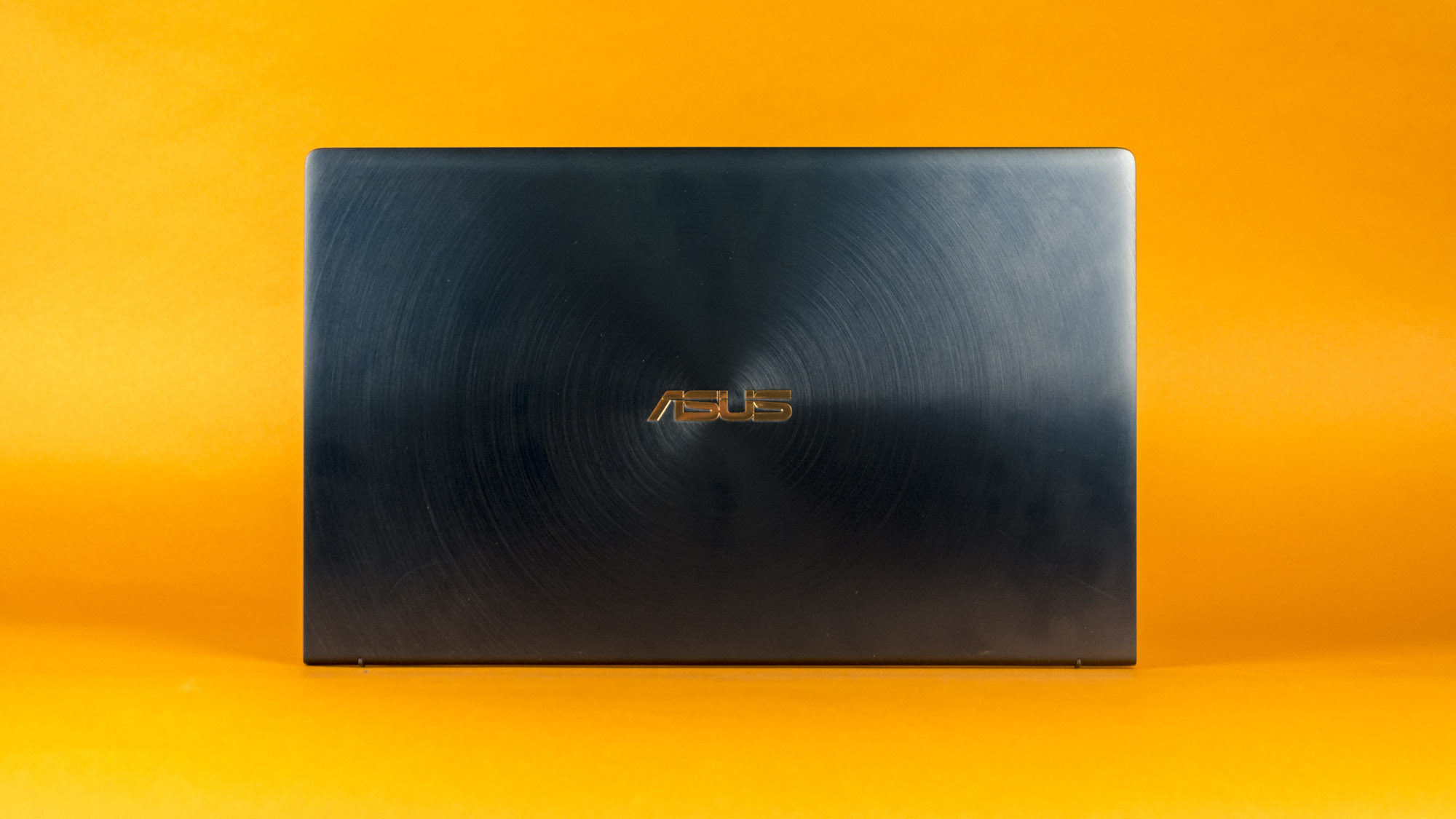
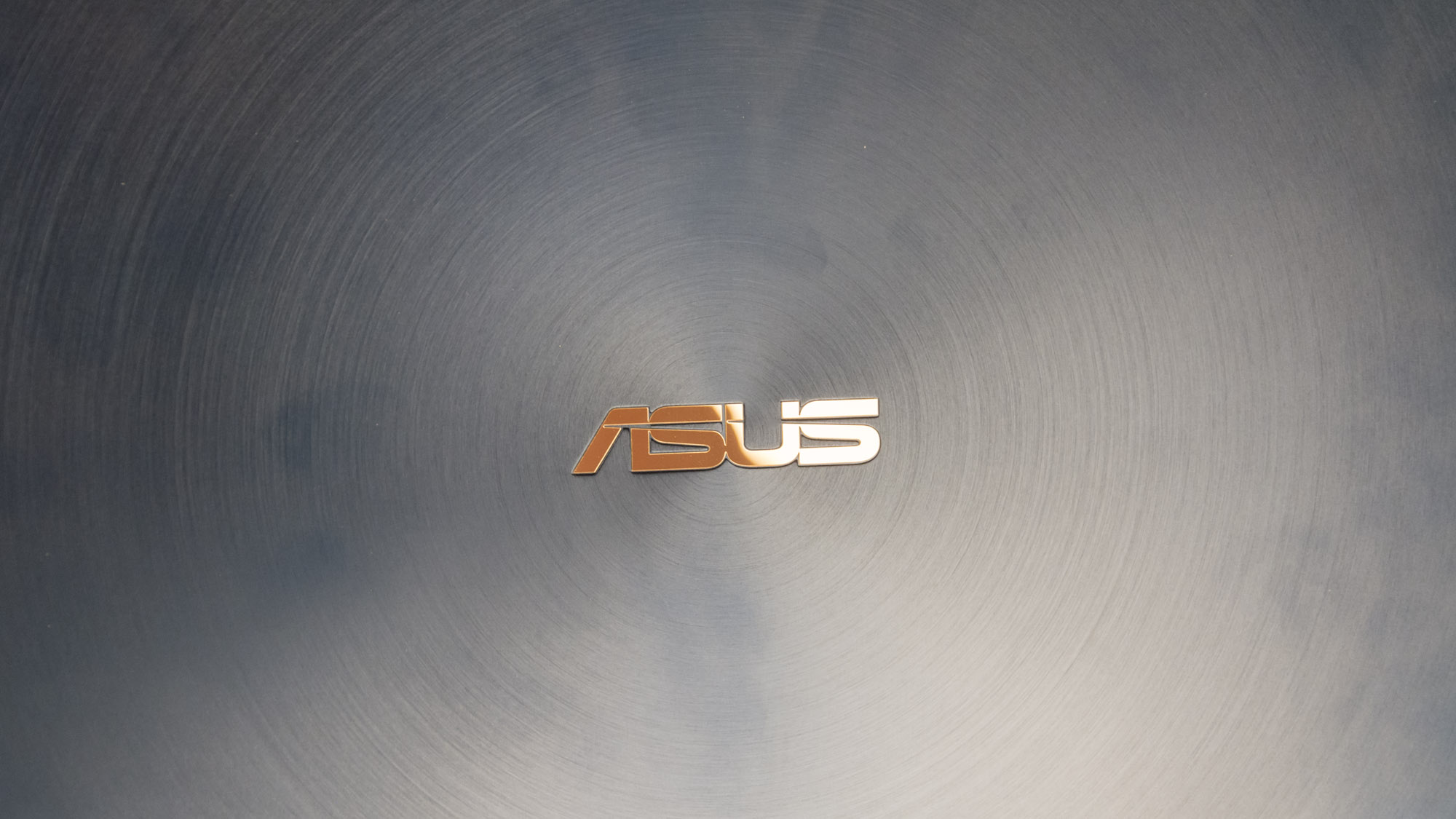
If Asus is to be believed, the ZenBook 14 is "the world's smallest 14in laptop". We're not in a position to circumnavigate the globe with a tape measure in hand to verify that claim, but they certainly don't come much smaller. What's more, its 92% display-to-bezel ratio makes it the sleekest-looking laptop around.
Asus ZenBook 14 UX433FA review: Design
As you may have gathered, the new ZenBook 14 (or, to give our tested laptop its full name, the ZenBook 14 UX433FA-A6076T) is unbelievably compact. Despite its 14in display, it's the size of a 13in laptop, measuring 319 x 199 x 15.9mm (WDH), and it weighs a mere 1.19kg. While not quite bezel-free, the display's ultra-slim frame cuts down on wasted space. The top bezel is bigger than the other edges, but only because it needs to accommodate the IR webcam - which also provides facial recognition via Windows Hello.
You can buy the Asus ZenBook 14 in either "Royal Blue" or "Icicle Silver". We were sent the blue variant and it's lovely. The back of the lid is embossed with a silver Asus logo and the circular "metal-spun" finish that has become a hallmark of the ZenBook line. Asus includes a Rose Gold panel above the keyboard, which the company says adds "an extra touch of luxury," but we'd prefer if it wasn't there.
The bottom of the laptop's lid curls around the lip of the base's rear edge. When the laptop is opened, this has the effect of tilting the base upwards by 3, raising it above the desk surface. The main benefit of this design is the added breathing room it provides for the hottest parts of the laptop, letting it stay cool and maintain performance more efficiently. The raised angle also allows for a more comfortable, ergonomic typing position and, supposedly, it's meant to improve the audio of the ZenBook 14's dual speakers, pushing them closer to the desk surface for added reverberation.

In truth, the bottom-mounted speakers sound better when not pressed up against a flat surface. Rather than improving the sound, the added proximity makes them louder and more distorted, adding in all sorts of unwanted noise that spoils the music-listening experience. You'll encounter the same problem with almost all down-firing laptop speakers and, while the maximum volume is adequately loud, there's nothing much in the way of bass.
Laptops this slim often skimp on ports but Asus breaks the trend here. On the left edge, you'll find the DC-in power socket, a full-sized HDMI input, one USB-A 3.1 port and a USB-C 3.1 port. Over on the right is the microSD card reader, a USB-A 2 port and a 3.5mm audio jack. The absence of Thunderbolt 3 connectivity is conspicuous, but, other than that, the ZenBook 14 meets expectations.
Asus ZenBook 14 UX433FA review: Keyboard and trackpad
For laptop aficionados, typing on the ZenBook 14 will feel cosy and familiar; the chiclet keyboard layout is about as standard as it gets, and there aren't any unusual key placements. It's backlit, too, with three brightness levels you can switch between using the F7 key. The 1.4mm key travel is perfect with a soft, light action. Press a bit harder on the keys, however, and there is a worrying amount of give to the keyboard chassis, especially around the centre of the keyboard, so those with a heavy typing action may want to steer clear.
Asus calls the touchpad a "NumberPad". This dual-purpose touchpad looks normal at first glance, except for a small numpad symbol in the top-right corner. Oddly, you don't touch the symbol itself to activate said numpad, but rather an unmarked sensor ever so slightly below and to the left of it. This is counter-intuitive and requires some precision and patience, at least until you've learnt the correct finger placement.

Activating the sensor will illuminate a bright blue digital numeric keypad within the touchpad, which you can then use as you'd expect within Windows. However, the touchpad still functions as normal while the numpad is switched on -- you can still scroll, click and use shortcuts. It's a nice feature but Asus could have implemented a physical button on the keyboard to use it; it's annoying when you want to use it and twice as annoying when you don't. During our use of the laptop we managed to unintentionally activate the numpad a few times while typing or scrolling. With no setting to deactivate the NumPad sensor completely, it can become a major source of irritation.
Asus ZenBook 14 UX433FA review: Display
Much the same goes for the glossy finish that coats this laptop's display. Using the ZenBook 14 in a brightly lit office, we were constantly distracted by streaks of light reflected from the ceiling and had to make a conscious effort to keep it facing away from light sources. When you're trying to watch a video or study a document, a glossy display like this is just not helpful.
You can buy a non-glossy iteration of the ZenBook 14 - the UX433FA-A5128T - that appears to be the same in every way, except that the display has a matte finish instead. Out of the two, this would be the model we'd go for.
The panel quality is good, but don't expect greatness. Colours have a decent amount of "pop", with a contrast ratio of 1,323:1, while an sRGB gamut coverage of 84% and average Delta E of 3.38 won't please photographers or designers. Its maximum brightness of 3121cd/m is slightly below average for a laptop of this price, but the real problem is that reflective coating: working outside or by a sun-soaked window is going to be a challenge on this particular model of the ZenBook 14.
Asus ZenBook 14 UX433FA review: Performance
Having previously tested laptops with an Intel Core i7-8565U and 8GB of RAM, we knew what kind of performance speeds to expect from the ZenBook 14. In our in-house 4K benchmark, which is a combined CPU speed and multitasking stress test, the ZenBook 14 achieved an overall score of 89. That's a solid score and, during our time with the laptop, we never had any issues when opening applications or running with a dozen browser tabs open.

The 512GB PCIe SSD proved equally capable, with a sequential file read speed of 1,444MB/sec and a write speed of 664MB/sec. Although not as fast as the SSD in the Apple MacBook Pro, it won't hold the ZenBook 14 back when accessing and saving files.
This laptop misses out on a dedicated GPU, relying instead on Intel's integrated UHD 620 Graphics. That's not to say it can't cope with graphics-intensive tasks at all. In the GFXBench GL Car Chase test the ZenBook 14 managed to keep up an on-screen average of 31.6fps, while it managed 44fps in our 720p Dirt:Showdown benchmark. So you'll be able to run some light rendering tasks, as long as you adjust your expectations accordingly.
Perhaps we should be thankful that the ZenBook 14 doesn't have a dedicated GPU -- if it did, its power efficiency would likely take a nasty hit. It's hardly the most long-lived laptop as it is, only lasting 7hrs 51mins in our standard battery rundown benchmark. With moderate use, it should see you through a working day on a full charge but both the Dell XPS 13 and Dell Latitude 7400 2-in-1 can last north of ten hours.
Asus ZenBook 14 UX433FA review: Verdict
You're spoiled for choice when it comes to luxury laptops at the moment, so why does the Asus ZenBook 14 deserve your hard-earned cash? For a start, it's well-priced for its specs, being the only laptop with an Intel Core i7-8565U that we've reviewed at under 1,000. (Note you can save roughly 100 by opting for a Core i5/256GB model, but we'd spend the extra for the bigger SSD.) Secondly, it's incredibly compact for a 14in laptop, thanks to that 92% display-to-bezel ratio.
Some people might not be crazy about the digital number pad -- we're not sold -- but if you don't need it, you can near enough ignore it. That leaves just one major problem: a glossy display, which you can get around by buying an almost identical configuration with a matte FHD screen. While rivals from Dell and Huawei run faster and last longer, the ZenBook 14 is a light, attractive laptop with an exceptional price.
Verdict
The so-called ‘world’s smallest 14in laptop’ may not have the best battery life, but it makes up for it with a smart, space-conscious design, decent performance and an attractively low pricetag.
Quad-core 1.8GHz Intel Core i7-8565U processor
Intel UHD 620 Graphics
14in 1,920 x 1,080 non-touch IPS display
512GB PCIe SSD
8GB 2,133MHz LPDDR3 RAM
infrared HD webcam
2x2 802.11ac Wi-Fi
Bluetooth 5
HDMI
USB-C 3.1
USB-A 3.1
USB-A 2
microSD card reader
50Whr battery
Windows 10 Home
319 x 199 x 15.9mm (WDH)
1.19kg
1yr RTB warranty
Get the ITPro daily newsletter
Sign up today and you will receive a free copy of our Future Focus 2025 report - the leading guidance on AI, cybersecurity and other IT challenges as per 700+ senior executives
-
 Westcon-Comstor and Vectra AI launch brace of new channel initiatives
Westcon-Comstor and Vectra AI launch brace of new channel initiativesNews Westcon-Comstor and Vectra AI have announced the launch of two new channel growth initiatives focused on the managed security service provider (MSSP) space and AWS Marketplace.
By Daniel Todd Published
-
 Third time lucky? Microsoft finally begins roll-out of controversial Recall feature
Third time lucky? Microsoft finally begins roll-out of controversial Recall featureNews The Windows Recall feature has been plagued by setbacks and backlash from security professionals
By Emma Woollacott Published
-
 The UK government wants quantum technology out of the lab and in the hands of enterprises
The UK government wants quantum technology out of the lab and in the hands of enterprisesNews The UK government has unveiled plans to invest £121 million in quantum computing projects in an effort to drive real-world applications and adoption rates.
By Emma Woollacott Published